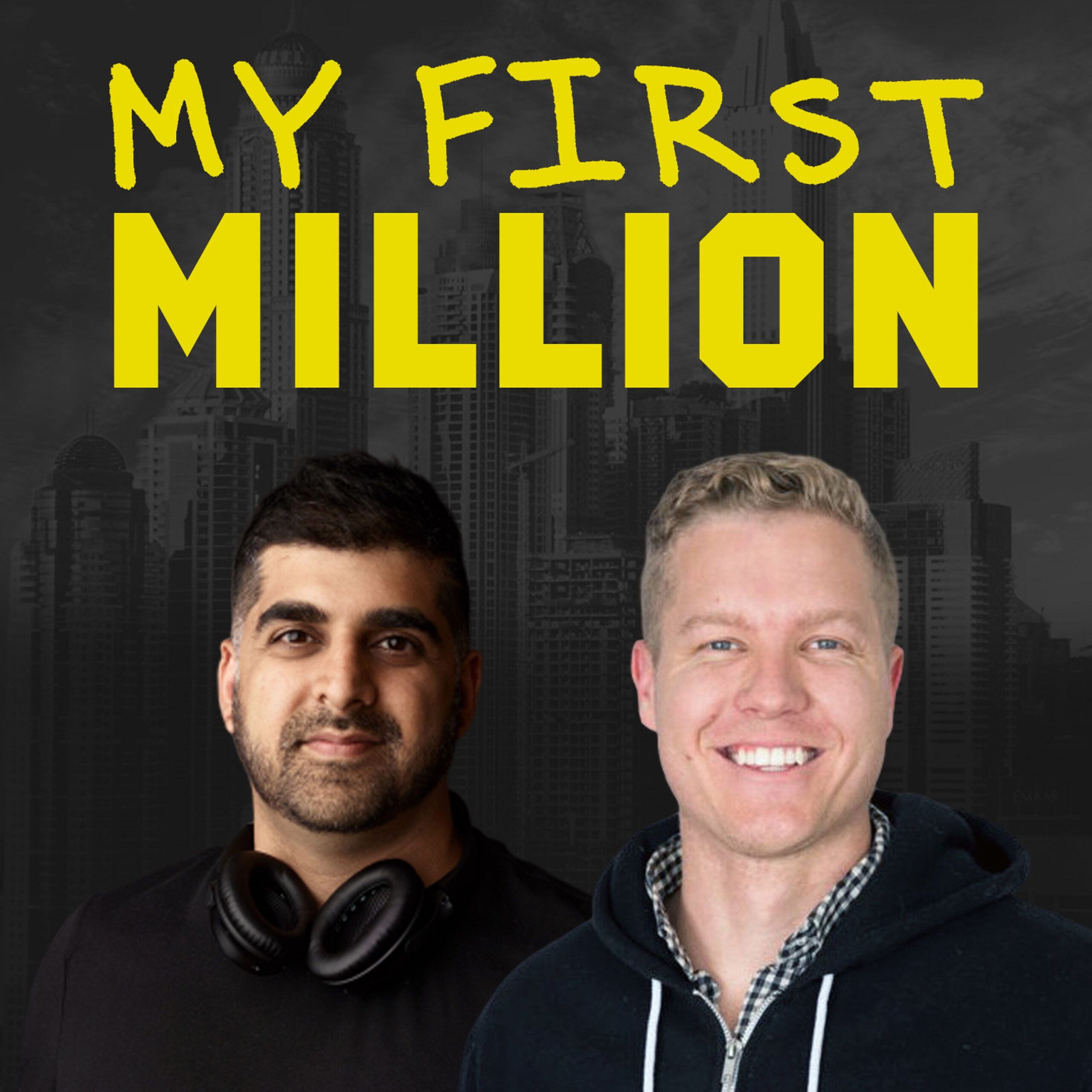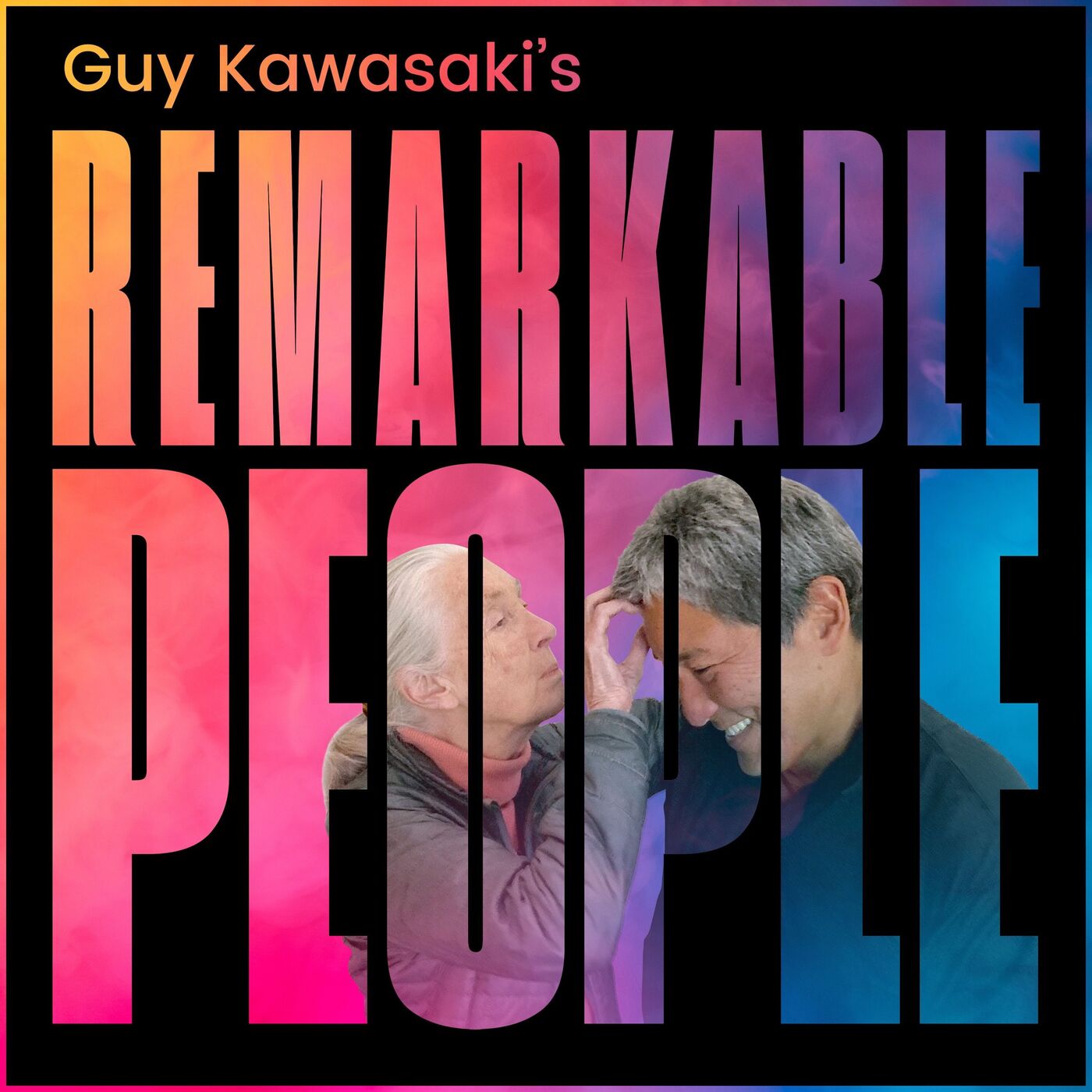#399: Adam Grant — The Man Who Does Everything
Adam Grant — The Man Who Does Everything | Brought to you by Zapier and Peloton. “When you feel like you’re not productive, it’s not necessarily because you’re lazy or because you have bad habits, it’s because you’re not working on the right projects and you haven’t found the ones that are intrinsically motivating and … Read more






